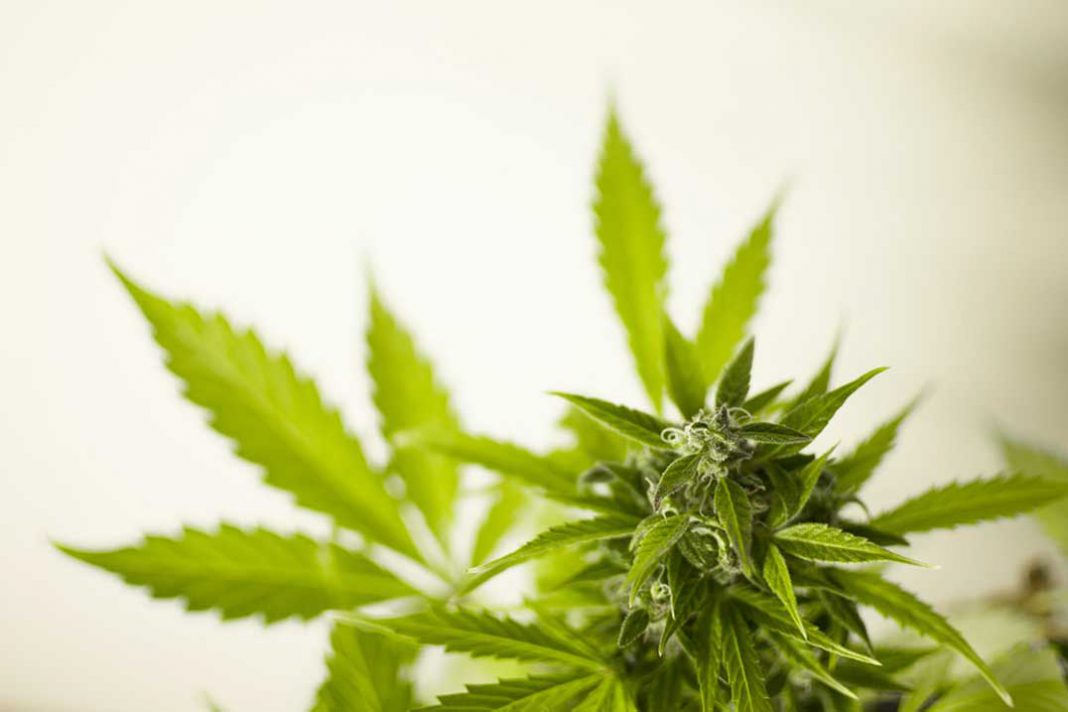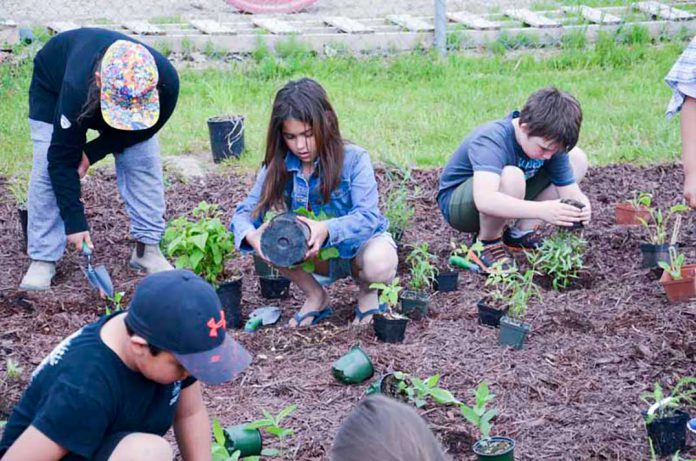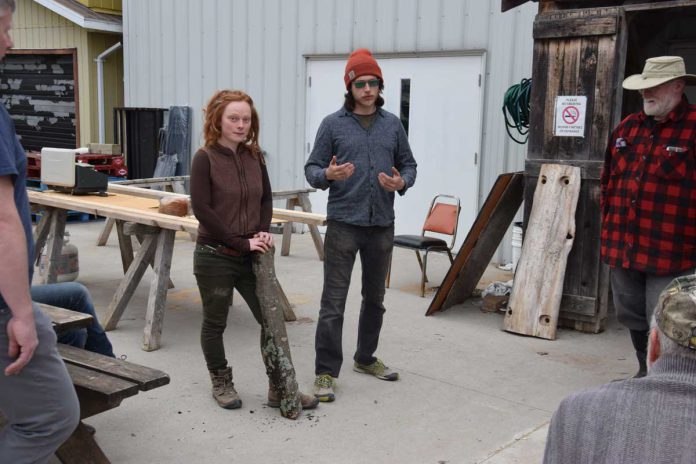As the warmer weather gets underway, many Islanders are looking to their gardens and devising plans for how they will make the most of the limited Northern growing season. A newly-legalized option for 2019 is a certain plant that sports five-pointed leaves and pungent buds that carry certain medicinal properties. That’s right, this is the year to finally experiment with growing your own cannabis at home. To maximize your success, a seasoned grower has offered his tips to get started.
“Just like how there’s the holiday in May where people like to drink, cannabis users have their own day—4/20,” says the man who has been growing cannabis for upwards of 30 years and requested anonymity due to the former criminal nature of the substance.
“That’s also the prime time to plant. Around 4/20 (April 20) is when you should be planting for the (outdoor growing) season,” the grower says.
As of press time, there are only two strains of seeds available in Ontario for recreational use—Bakerstreet and Argyle, both offered by licenced producer Tweed. They are listed on the Ontario Cannabis Store website, OCS.ca, although Argyle is not available as of press time. Sudbury’s first-licenced cannabis store, Canna Cabana Sudbury, sells Bakerstreet seeds at its location.
There are different mentalities one can follow when growing their own kush, with some expert botanists devoting years to perfecting their techniques and producing the exact plants they want.
However, this grower says a first batch does not have to be quite so complex.
“It’s a weed so you can basically put the seed in the ground and it grows, but you could get as fancy as you want with a watering system, hydroponics and all that. Most of the people I know grow theirs outside,” he said.
For those looking to have more advanced setups that can be established indoors and run year-round, they can purchase elaborate systems that promise higher yields in a clean, organized manner. These include tents or other structures in which the plants grow under artificial grow lights—often energy-efficient LEDs—and include exhaust fans to help maintain temperature, humidity and air circulation.
Some top-of-the-line cabinet models sell for as much as $3,500 and feature automation, smartphone app control and more. Although they’re large, accommodating many more than the legal limit of four plants per household, they are designed to fit in with the living room furniture.
Smaller, tent-based models with grow lights and ventilation can be bought for a few hundred dollars. However, the grower says outdoor setups in pots is fine for casual producers. Pots help because a cannabis grower will know exactly how much soil or other growing medium is present, as well as the proper amount of fertilizer and water each plant requires.
It is important to note that only female plants produce suitable buds that can be ingested, a significant consideration considering the limit of four plants per household. Males are dangerous for growers because if they pollinate the female plants, the females will produce low-quality buds full of seeds. This may be useful for future growing seasons, but that plant’s output will not be optimal for ingestion.
If someone is only looking to produce a high growth yield, it is important to determine whether plants are males or females and to kill the males as soon as they are detected.
“The plant will grow so high and then, basically, the female will start showing buds. You can usually get it close enough to the start of the season that, if you have to, you can replant,” the grower says, adding that one can still expect their plants to produce some buds with a shorter season.
The grower suggests using “20-20-20” fertilizer (so named because it contains 20 percent each of nitrogen, phosphorus and potassium) during the season, but giving it a shot of 10-52-10 fertilizer about six weeks before harvest. This helps to encourage bloom growth.
That harvest time comes in the fall. The grower says he first trims off the bigger leaves, then the stalks and stems so that only the buds are remaining. He spreads the buds on a wire screen to cure them. Following the curing process, he stores them in glass jars to maintain the optimal humidity level and avoid them growing mold.
Each plant can produce far beyond 100 grams of cannabis per season after the bud is cured. With a full set of four legal plants and diligent maintenance, it is reasonable to expect that one household could produce more than a pound of dried cannabis in a year. But what’s a person to do with that much pot?
In Ontario, selling home-grown cannabis remains illegal. It can be shared or gifted to others (provided they are 19 years of age or older), but if any money changes hands in the process it becomes illicit distribution.
The usual caveats apply when referring to cannabis—one should never drive after consuming cannabis products, should only consume cannabis from a trusted supply and, if they are new to using the substance, they should start with a very small amount and wait to see how it affects them before taking any more. Cannabis edibles especially can take more than a half hour to take effect.
With the new laws in place in Ontario, summer 2019 might just be the perfect time to make your world a little greener.





